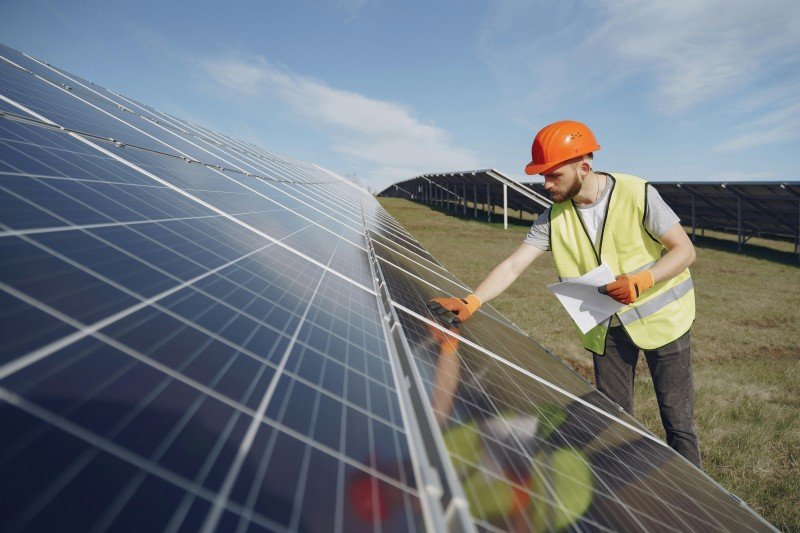Address
304 North Cardinal
St. Dorchester Center, MA 02124
Work Hours
Monday to Friday: 7AM - 7PM
Weekend: 10AM - 5PM
Address
304 North Cardinal
St. Dorchester Center, MA 02124
Work Hours
Monday to Friday: 7AM - 7PM
Weekend: 10AM - 5PM

According to the Institute for Energy Economics and Financial Analysis (IEEFA), citing data from the Electric Reliability Council of Texas (ERCOT), the solar energy and renewable energy storage industry in Texas continues to break development barriers, setting multiple new records and becoming one of the core forces supporting local grid stability.
On September 9, utility-scale solar power generation in the ERCOT grid reached a new peak of 29,877 MW, approaching the milestone of 30 GW. This marked the 17th record broken in 2025, nearly 35% higher than the first record of the year set on January 24 (22,092 MW). During the high-demand summer period (June 1 to August 31), photovoltaic systems played a crucial role, meeting 15.2% of total electricity demand and up to 26.9% during peak hours, effectively reducing the pressure caused by extreme heat. As of now, solar energy has supplied 13.8% of Texas’s total power demand, surpassing coal and wind in August, ranking only behind natural gas as the state’s second-largest power source.

The growth of solar panel installation has been strongly complemented by advanced battery storage solutions. ERCOT’s grid now has more than 15,008 MW of installed energy storage capacity, setting four new discharge records in September 2025. On September 11, storage systems discharged 7,741 MW back into the grid, accounting for 10.6% of demand at the time, helping to balance the shortfall as solar output decreased in the evening.
IEEFA highlighted that the combined contribution of solar energy, wind power, and renewable storage systems is addressing the rising electricity demand in Texas, which increased by 5.5% compared with 2024. This demand growth is closely tied to economic expansion, population growth, and the rapid development of high-energy industries such as data centers and AI.
In the first eight months of 2025, wind and solar together supplied 37.7% of the ERCOT grid’s electricity, nearly 3 percentage points higher than the same period last year. This demonstrates the scalability of the renewable energy industry and reinforces Texas’s energy transition from fossil fuels to low-carbon solutions. In a climate of frequent extreme weather and grid stability challenges, solar photovoltaic projects and solar mounting system innovations are becoming vital to ensuring a reliable electricity supply.
